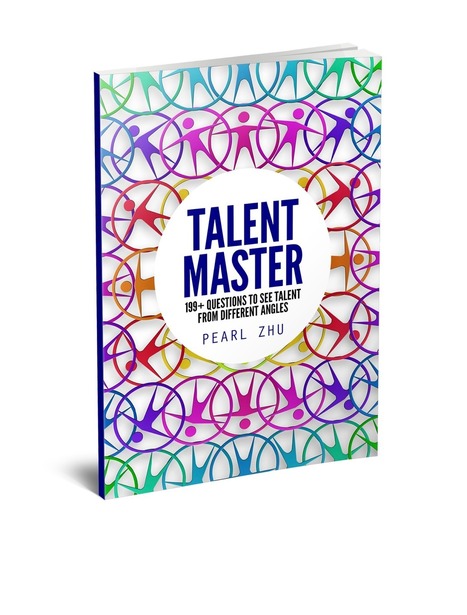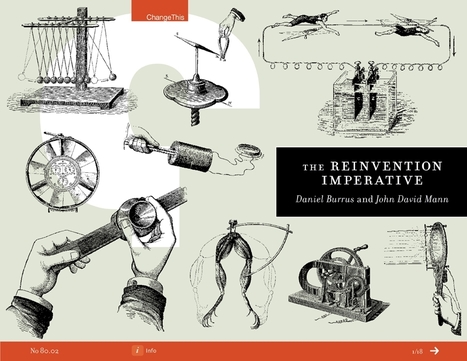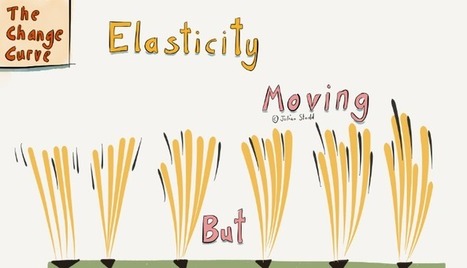THE 12 EMOTIONAL STATES OF CHANGE
Get Started for FREE
Sign up with Facebook Sign up with X
I don't have a Facebook or a X account

 Your new post is loading... Your new post is loading...
 Your new post is loading... Your new post is loading...

janlgordon's curator insight,
December 9, 2013 1:54 PM
This post was written by Andy Capaloff for Curatti about a very important topic, navigating change through the age of disruption. Here are a few highlights: The infusion of new ideas and the understanding of whether necessary change can be accomplished in a timely and effective manner from within and when to seek that freshness externally, are vital to the continued success of any company. The importance of the ability to accept that something you do, whether a large or small aspect of your processes, has become a hindrance to your future growth and must be replaced, cannot be minimised. Selected by Jan Gordon for Curatti covering Exploring Change Through Ongoing Discussions Read more here: [http://bit.ly/199OAQa] |
|














Muutoksen hallinnassa keskitytään usein järjestelmiin, organisaatioon ja lopputuloksiin, mutta unohdetaan muutoksen keskellä oleva ihminen. Antamalla yksilölle oikeat työkalut, parannetaan yksilön, tiimin ja organisaation resilienssiä. Tässä artikkelissa annetaan näitä työkaluja. Lisäksi artikkelissa kuvataan Fisherin 12 vaiheen muutosmkäyrä, jonka vaiheet yksilö käy läpi kun kohtaa merkittäviä muutoksia.